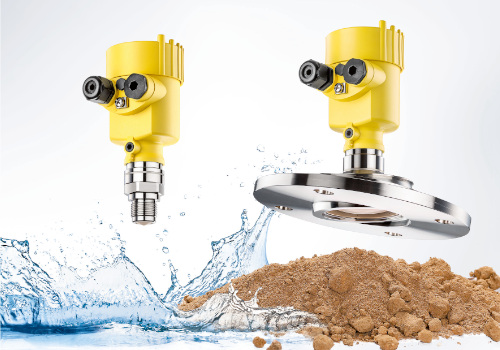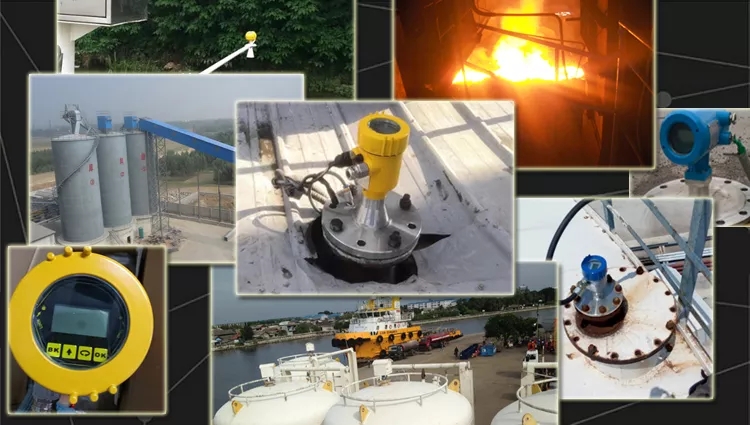BETTER TOUCH BETTER BUSINESS
Contact Sales at KAIDI.
If the radar level meter is unreasonably selected, the interference echo cannot be handled well, and the reliability of the instrument will be reduced. Therefore, the following factors should be considered when selecting a radar level meter:

1. Conductivity and dielectric constant of the measured medium. The measured medium is a conductive liquid or a liquid with a dielectric constant above 4. Generally, a common radar is selected. Liquids with small dielectric constants (dielectric constants below 2) and some conductive solids often use precision radars or guided wave radars due to the large amount of interference echoes.
2. Application conditions, application conditions generally include calm liquid level, slightly fluctuating surface, turbulent surface, with stirring, with foam and so on. The more complex the conditions, the more interference echoes, and the smaller the actual measured range. In a complex environment, a precision radar with strong ability to deal with interference echoes or an antenna with a larger size should be selected.
3. Measurement accuracy, the accuracy of ordinary radar is generally ±10mm, and the accuracy of precision radar is ±3mm. Selection according to the actual needs of production.
4. Range, according to actual needs, choose the antenna size. Note that the actual range is reduced in complex environments.

5. Antenna type and antenna size, the larger the antenna size, the larger the measured range and the stronger the anti-interference ability. The antenna types of radar level gauge are rod type, bell mouth type, paraboloid and so on.
① Rod antenna: generally used in strong corrosive environments, with weak anti-interference ability and small range;
② Flare antenna: stronger anti-interference ability, suitable for more complex environments. The larger the bell mouth, the more concentrated the energy, and the larger the measuring range;
③ Parabolic antenna: the focusing effect is stronger than that of the bell mouth, the anti-interference ability is the strongest, and the range is the largest.
6. Power supply and output signal, the power supply has 220 V A C, 24 VDC, and the two-wire or four-wire system can be selected according to the needs. Output signal 4 ~ 20 mA DC or digital signal, select the appropriate model according to the needs.

The above are all factors that need to be considered when selecting a radar level transmitter. The essence of the details is a serious attitude and a scientific spirit. I hope that every user can choose a suitable radar level meter.
We are here to help you! If you close the chatbox, you will automatically receive a response from us via email. Please be sure to leave your contact details so that we can better assist